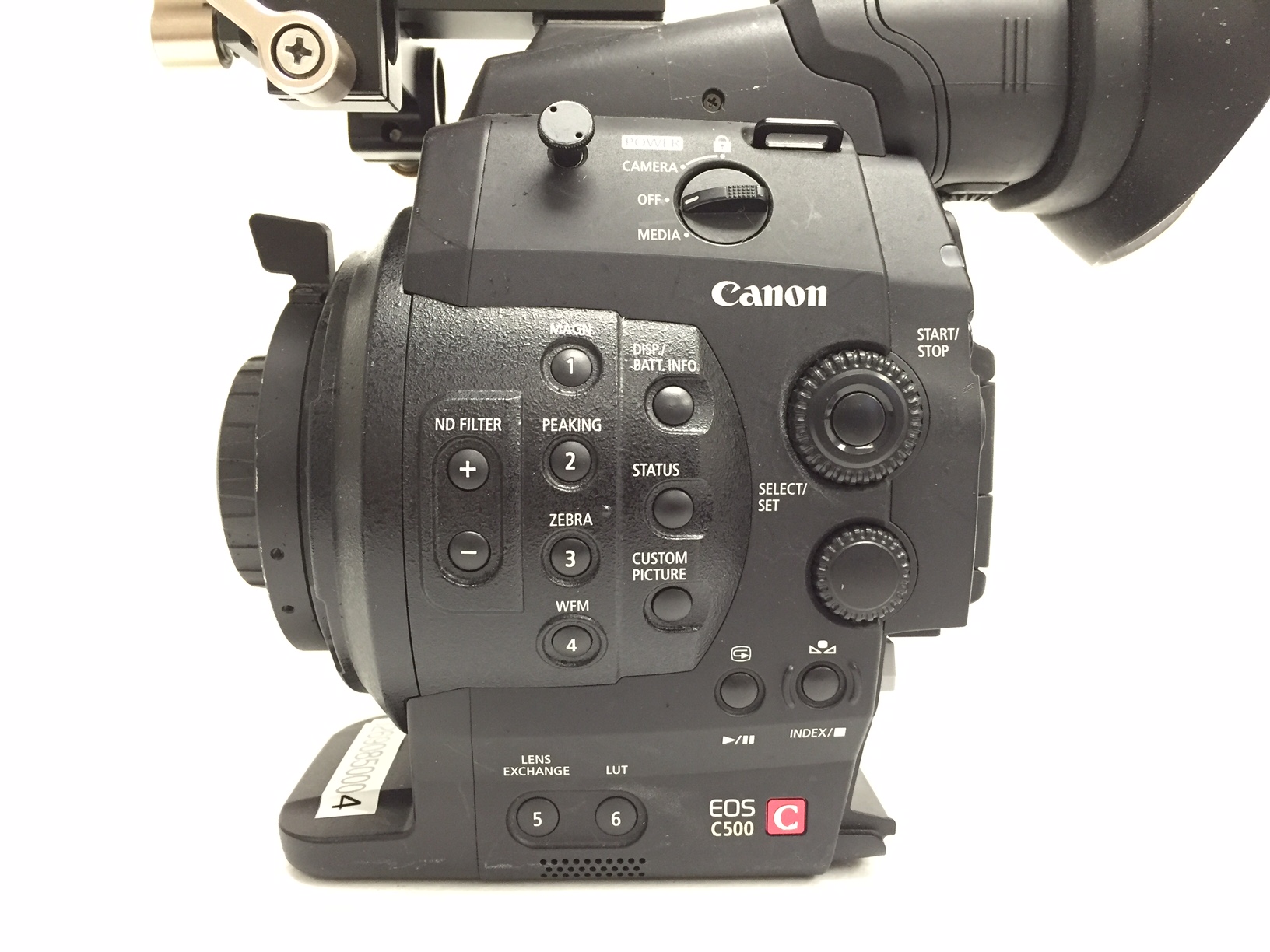

The 3.5” touchscreen is a huge bonus as well. It also takes the super common NP-F “L series” battery pack. There are a ton of buttons and dials along with a flip-up screen on top. This is the largest option with an odd, blocky design. It’ll even save it all to regular SD cards.Īgain with the FS100 to start. There is also raw for maximum flexibility, a base ISO of 800, and the most impressive dynamic range at 13 stops.

Resolution is nice but that codec and bit depth are definitely going to be helpful in post. It’ll record Full HD up to 30p in ProRes 422 HQ at 176 Mb/s in 10-bit 4:2:2. And, it records to microSD cards.īlackmagic steps up in the codec game. The smaller sensor is limiting though with 10 stops of dynamic range and a base ISO of 100. With a good setup, you could probably get the best image out of this camera. Plus, the slow motion 720p option of 240 fps can be huge for select shots. DCI and UHD 4K can give you a lot more data to work with. With the Z CAM E1 you are getting better resolution with 4K options, including DCI. There is still a proprietary storage option which isn’t a good option today. The camera will hit a maximum dynamic range of 11.5 stops and will record to standard SD cards. There are tons of customization options and picture profiles that will allow you to tune the video as you need. Starting off with the FS100 we have Full HD video up to 60 fps using a fairly conventional H.264 codec at 24 Mb/s in 8-bit 4:2:0. Full HD 1080p up to 30p ProRes and Raw.Full HD 1080p up to 60p 720p at up to 240p.DCI 4K at up to 24 fps UHD 4K at up to 30 fps.Micro Four Thirds System (2x crop factor).Let’s rundown each camera’s main features…

The FS100, for example, has XLR inputs and audio controls the Blackmagic can shoot in raw and the Z CAM shoots in 4K while the others are HD only. Most of these aren’t gimmicks but actually great features that videographers will want. All interesting releases of their time and potentially able to hold up today.Įach camera has a unique “gimmick” for lack of a better word that separates it from the other options.

This includes the more traditional Sony FS100, the first-gen Blackmagic Pocket Cinema Camera, and the Z CAM E1. Considering how quickly tech evolves, there are plenty of slightly older models that are highly capable and can be had for a steal – like under $500.įoxTailWhipz thinks that these can be some compelling options and so took a trio of budget cameras for a spin. For beginners and even working pros, you don’t even need that much. We talk a lot about how you don’t need to buy the latest and most expensive cinema camera to get the job done.


 0 kommentar(er)
0 kommentar(er)
